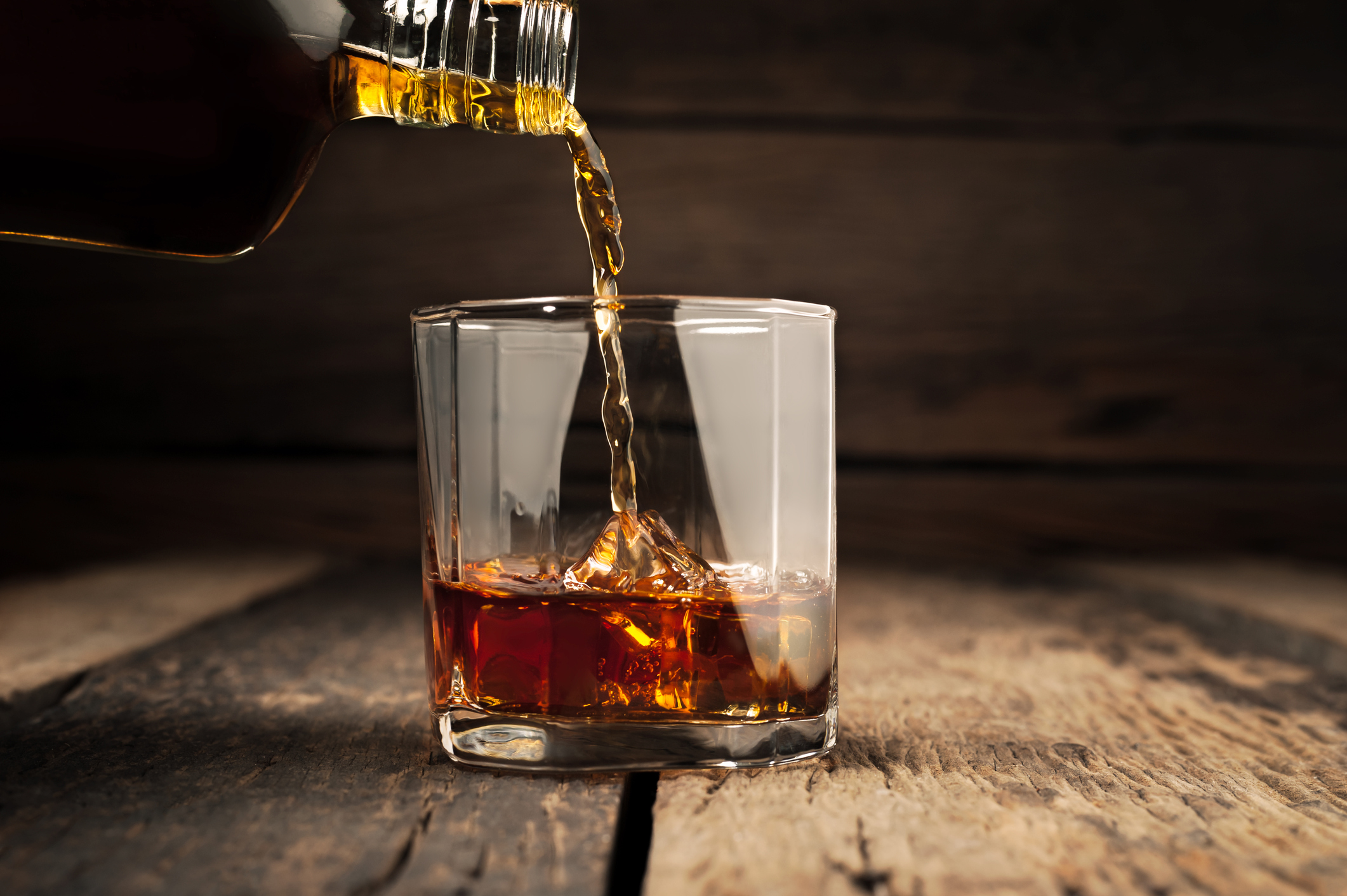
A well-stocked liquor cabinet is the highlight of any good home bar, and single malt Scotch is arguably the king of the top shelf. But doing things properly can take years of investment, specialist knowledge, and a borderline worrying amount of “sampling.” Still, getting a decent Scotch selection started can be surprisingly simple.
Buying the best Scotch available may be an exercise in futility for many people. Some bottles sell for hundreds of thousands of dollars, and anything particularly fancy is more of an investment/decoration than something you’ll be sharing with a friend at the end of the evening.
So how do you get started? We’d recommend buying a reasonably priced yet solid example of a single malt Scotch from each region. There are five regions in total: Highlands, Lowlands, Islay, Campbeltown, and Speyside. Each region is distinct, and it will be easy to spot clear differences between the beverages. This will help train your palate and allow you to expand your collection with more advanced Scotches later. It also means you will have a good variety of spirits to offer guests should they ask for a “Scotch.”
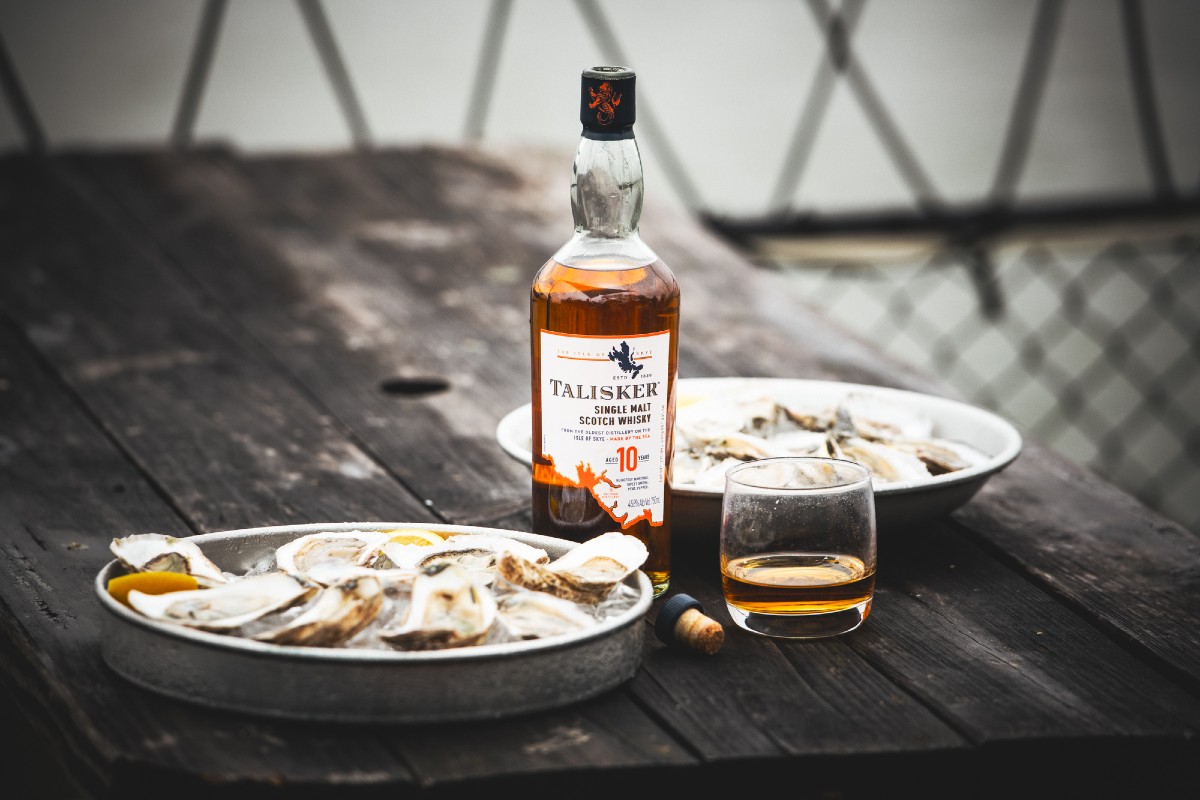
What is Scotch?
“Scotch” has a legal definition. According to the Scotch Whisky Association, it is a spirit “Made in Scotland from only cereals, water and yeast. Matured for a minimum of 3 years in oak casks. Bottled at a minimum strength of 40% abv. Distilled below 94.8% abv so that it retains the flavor and aroma derived from its raw materials. No flavoring or sweetening is permitted.”
This legal definition has existed in the United Kingdom since 1933, and a similar legal definition exists in the United States. Despite the limited ingredient list, there are several distinct types of Scotch, and each distillery produces a product with its own unique flavors and characteristics. The relatively limited geographical region capable of producing the spirit doesn’t hold Scotch back, either. There are over 140 distilleries currently operating in Scotland, and around 5% of the Scottish economy hinges on the production of whisky.
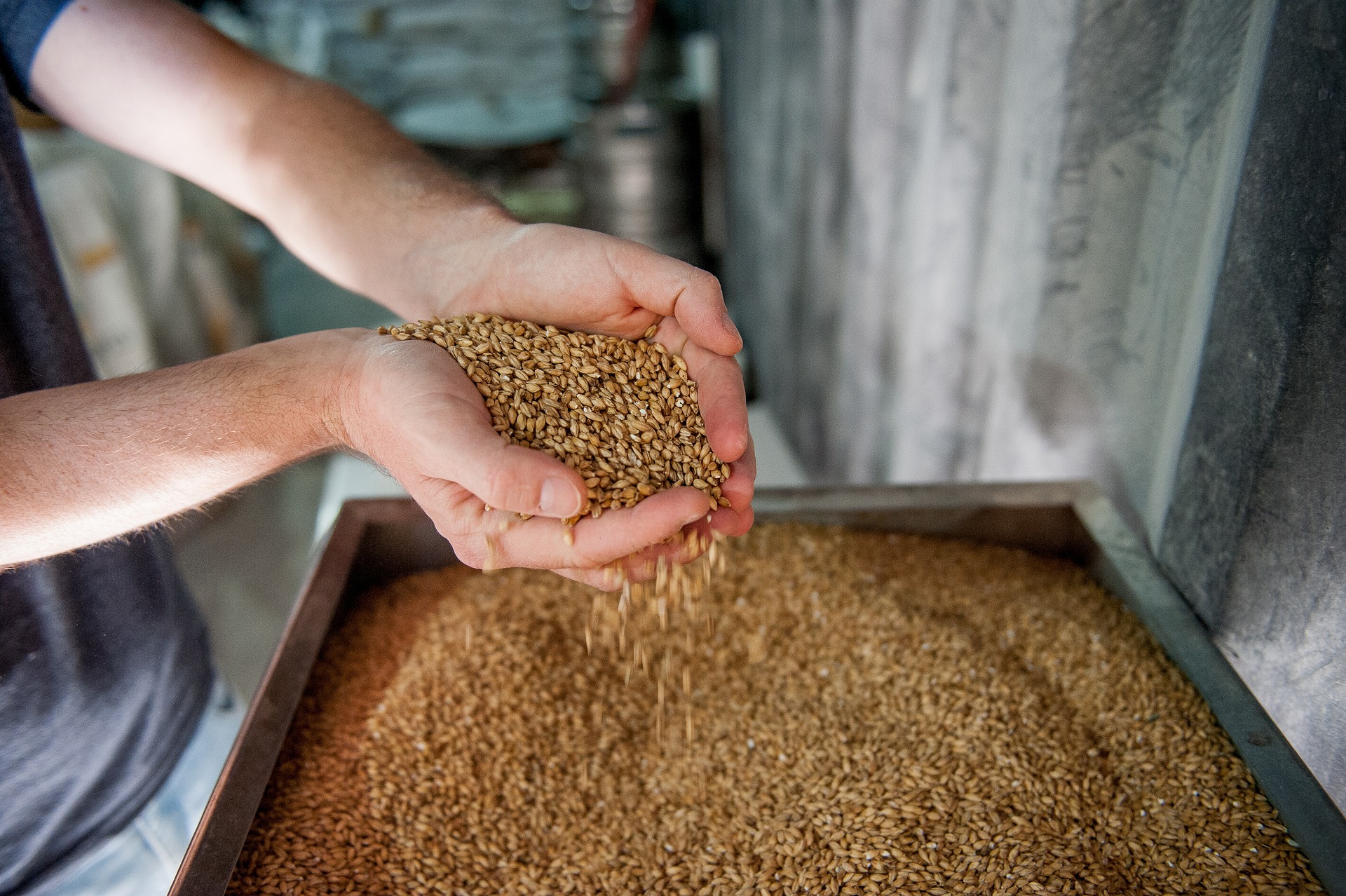
What is Scotch made from?
Single malts are generally seen as the most desirable Scotches, and their ingredient list is pretty basic. Malted barley is mashed up, mixed with yeast, and fermented. Then the resulting alcoholic liquid is distilled before being aged in a wooden barrel for several years. The term “single malt” doesn’t mean the malted barley is all of the same origin, but rather that the spirit was produced at a single distillery. With that said, to be labeled a “single malt,” a whisky’s mash bill has to contain 100% malted barley, yeast, water, and nothing else. If you’re wondering what “malted” barley is, it’s simply barley that is soaked in water, spread out in a malting room, and allowed to germinate.
A “single grain” Scotch follows a similar logic, but other grains are used instead of malted barley. Another difference is in distillation. Pot stills tend to be used when creating single malts, meaning it is limited to smaller and more flavorful batches. Grain whiskies are usually the product of column stills, leading to a stronger if slightly more industrial, end result.
A “blended” whisky has slightly looser rules. A mixture of whiskies made from grain and malt can be used, and younger whiskies are likely to form the bulk of cheaper Scotches and blends. With that said, a blended Scotch must be labeled with the age of the youngest whisky used in its creation. So a bottle of Johnnie Walker’s Black Label will only have whiskies aged 12 years or older in it.
It is worth noting that whisky stops aging the second it leaves the cask. It’s not wine. So don’t expect great results if you buy a cheap three-year-old bottle of paint stripper and stick it in a cellar for 15 years. It will still taste awful, even after you’ve brushed the dust off it.
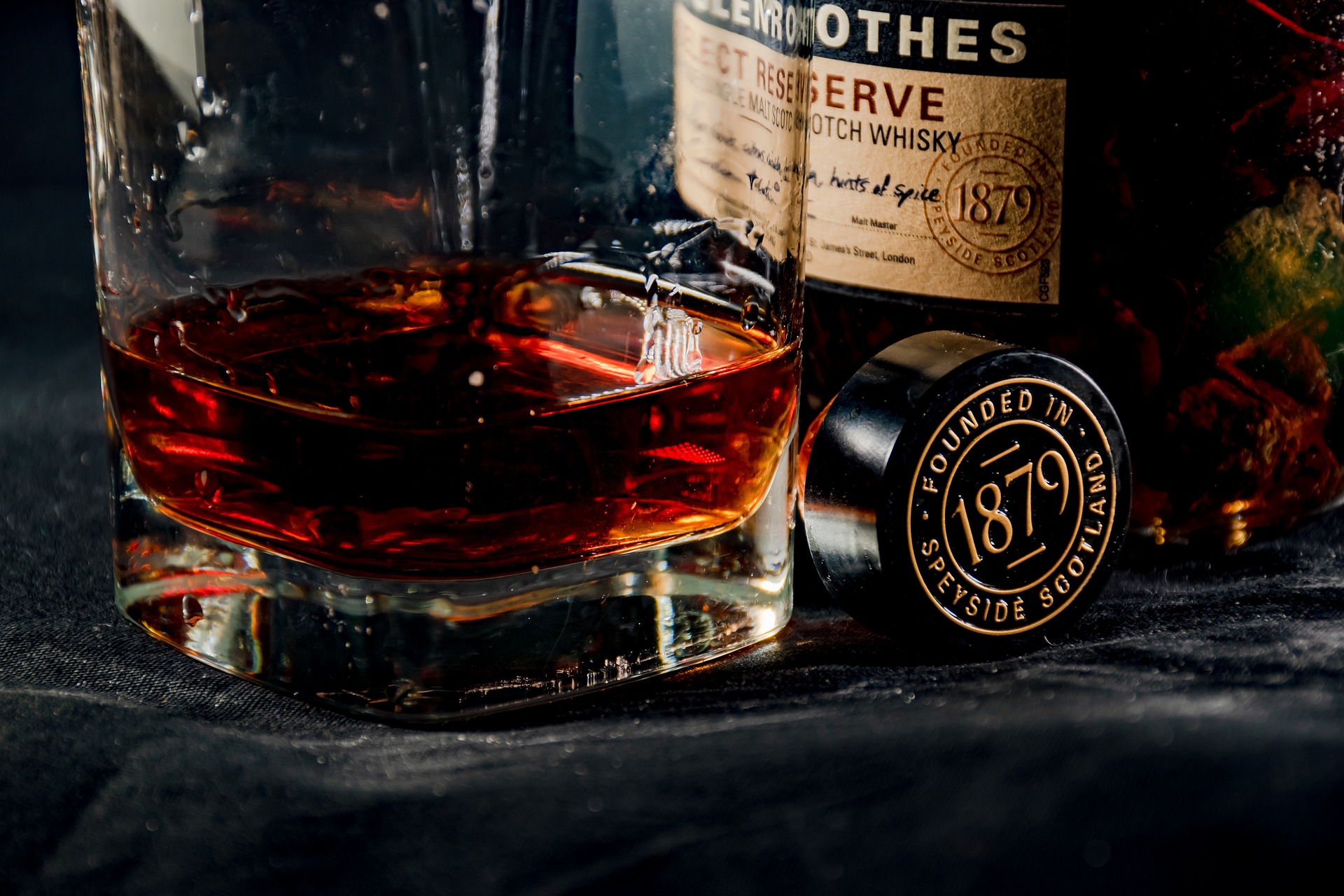
What does Scotch taste like?
The taste of Scotch can vary wildly, depending on the process used to create the Scotch and the palate of the person drinking it. If you’re not used to Scotch, or spirits in general, then the drink’s alcohol content will stand out more than anything else. The exact proof varies, but the most popular Scotches will come in at around 40% ABV (80 Proof). So starting with a milder Scotch, like a Speyside, is probably sensible — and more advanced Scotches can be sampled down the road. Highland single malts are also pretty mild and a good starting point. Technically, all Speysides are Highland single malts (as the river that gives the Scotch its name is in the Highland region — but not all highlands are Speysides. The highland region is also huge, so expect a lot of variety within this category.
An Islay is a more advanced Scotch, and its distinct flavor comes from the process used to create it. The malted barley, which is key to every Scotch, has to be dried with a heat source. The islands off the west coast of Scotland have a plentiful supply of highly flammable peat — so natural fuel became an obvious choice when it came to drying barley. When peat burns, plenty of smoke is produced, and the chemicals within said peat tend to penetrate everything around it. This leads to the deep, smoky flavor of Islay Scotch and the strong iodine notes, which make it an acquired taste. Islay is technically its own island, but many of the other islands off the country’s west coast (such as Jura) produce whiskies with the same methods, resulting in similar characteristics.
The two remaining regions are Lowland, which is known for its floral and sometimes sweet spirits, and Campbelltown, which centers on a peninsula in western Scotland and is the smallest region by far. Campbelltown malts share some characteristics with Islay whiskies, but tend to have a distinctive “wet dog” scent — which takes a little getting used to.
Beyond geography, the exact malt used, time spent aging, and the material of the cask it was aged in all play a major part in the spirit’s final flavor. So if you want to know what “Scotch” tastes like, you should probably pick a bottle and try it yourself.
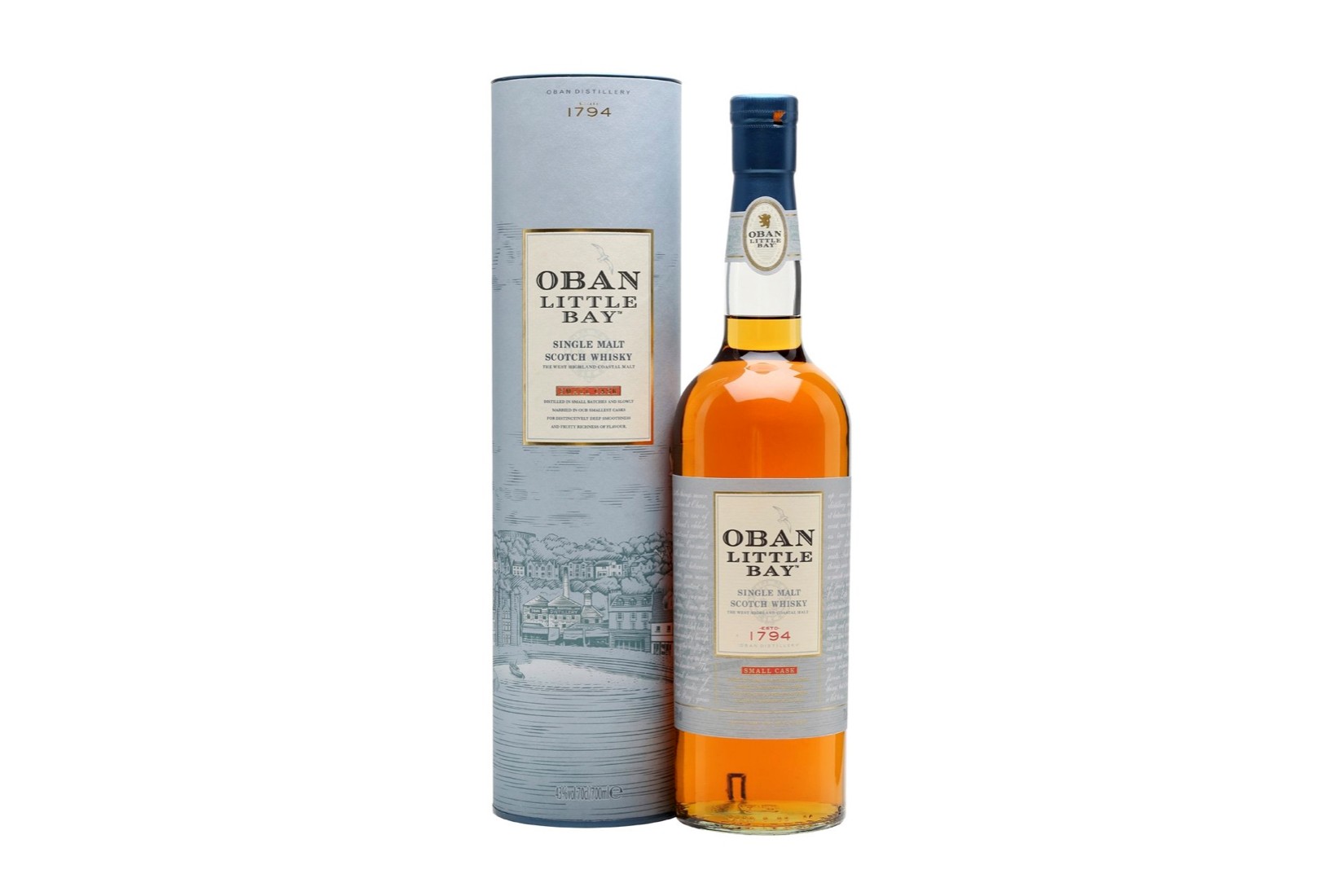
What are our five picks?
Our selection includes one whisky from each of the five distinct whisky-producing regions of Scotland. In terms of price, we’ve opted to select bottles in the $50-100 range — so you won’t have to endure the harshness of the bottom shelf, nor will you have to bankrupt yourself stocking up on spirits. In our opinion, each bottle clearly demonstrates the unique qualities of its region without being baffling, inaccessible, or overly complex.

Speyside: Dalwhinnie 15
For the Speyside region, we’ve opted for Dalwhinnie. This is a light, easy-to-drink, and floral 15-year-old single malt. It’s also a great single malt to start with overall. It’s a common sight in liquor stores and retails between $50 and $75.
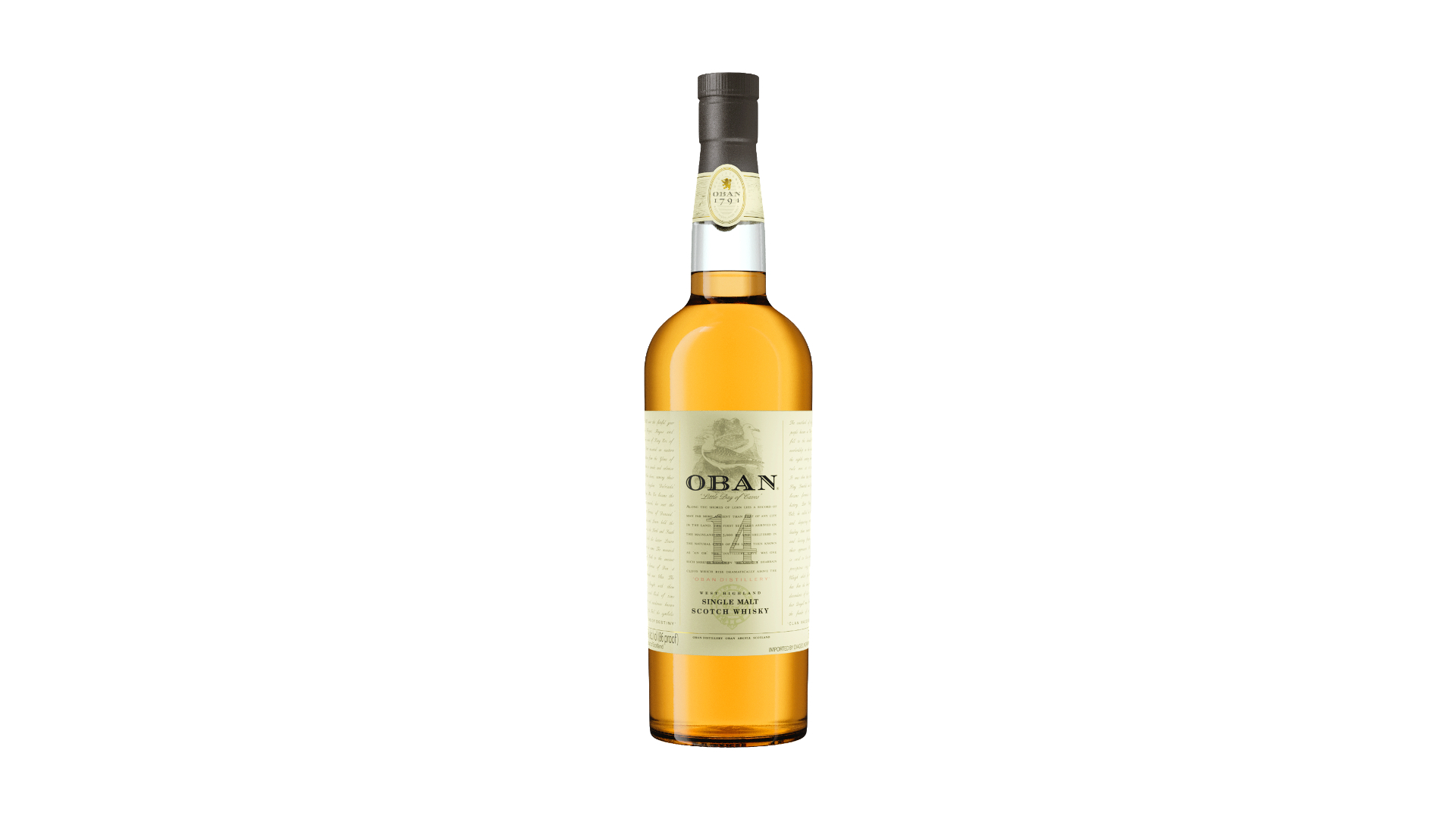
Highland: Oban 14
Our choice of Highland whisky is a 14-year-old bottle from Oban. This particular spirit is made in one of Scotland’s oldest and smallest distilleries. Expect a light and sweet base, with some very subtle smoky notes and fruity flavors. The price is on the higher end of our list, at around $90 per bottle.
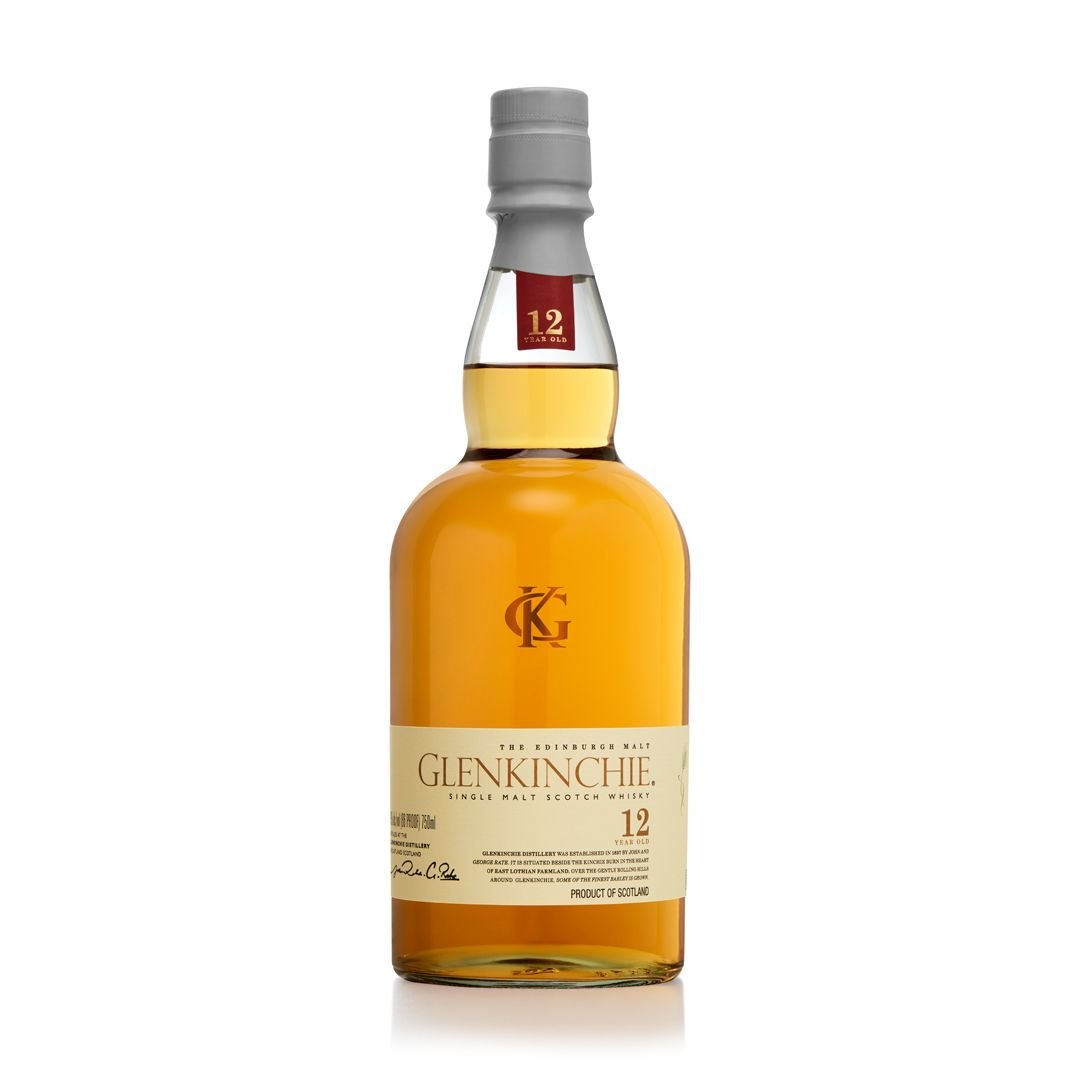
Lowland: Glenkinchie 12
Of the lowland whisky, we’ve opted for a 12-year-old Glenkinchie. The single malt’s vanilla notes, the product of a long stretch maturing in an oak barrel, are likely to hit you first. This is followed by floral and herbal notes as the flavor develops. It’s also one of the cheaper bottles on our list at $60.
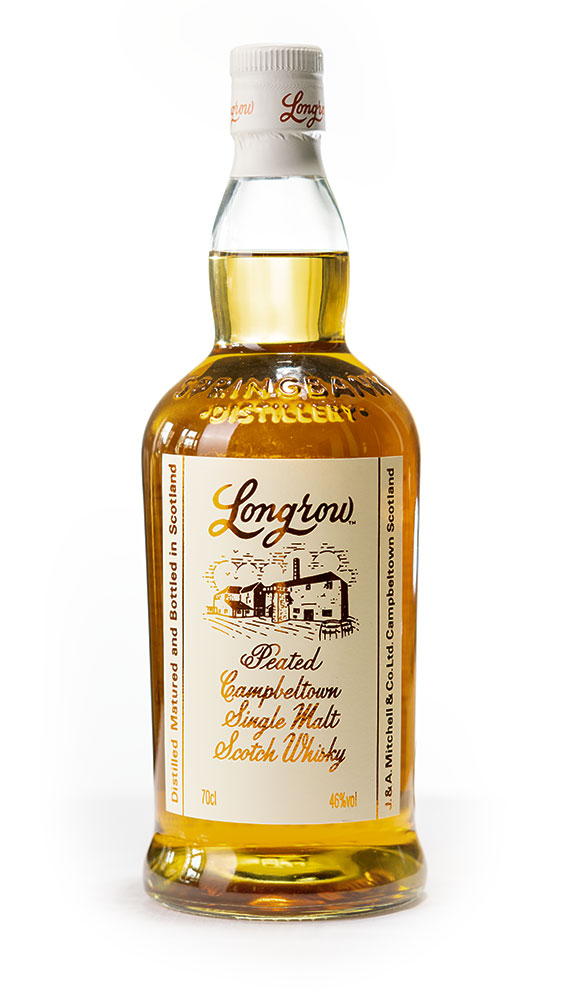
Campbelltown: Longrow Peated Single Malt
Campbelltown is a very small region, and only a handful of distilleries remain on the peninsula. Still, if you want to sample what is arguably the most obscure of the main Scotches, then Longrow Single Malt Peated is likely your best bet. It has many of the distinct characteristics that single a Campbelltown out — including the earthy notes, mild peatiness, “wet dog” smell, and a mild hint of the sea. Expect to part with $75 to $100 for a bottle of this obscure beverage.
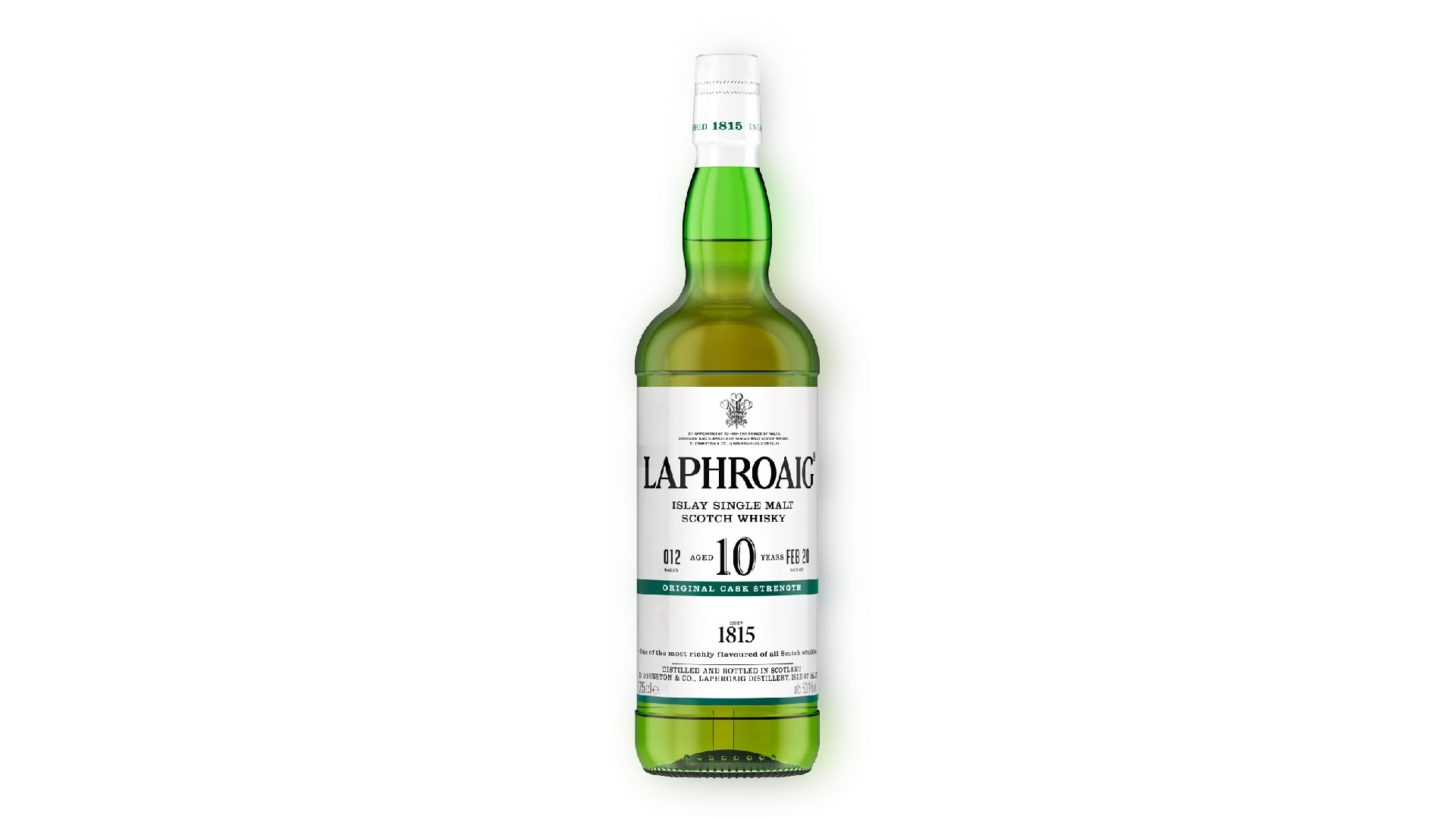
Islay: Laphroaig 10
If you get lucky, you can pick up a bottle of Laphroaig 10 for as little as $50. At that price point, it’s a great introduction to the world of Islay whisky. It has a strong smokiness, peaty tones, and medicinal iodine-like hit that sums up the category. Underneath it all, it’s a pretty smooth spirit and goes down easily once you acquire the taste.
Editors' Recommendations
- 5 simple tips for doing Thanksgiving wine the right way
- Moscow mule, espresso martini, and more: How to put a fall twist on classic cocktails
- 5 Thanksgiving dinner hacks to make your life a whole lot easier
- The best bourbon options under $100: They taste just as good as the expensive stuff
- 10 wheated whiskey and wheat bourbon bottles to try if you can’t get your hands on any Pappy Van Winkle bourbon




